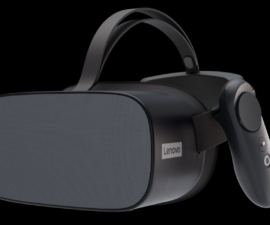China is taking a markedly different approach when it comes to NFTs. If you rely solely on Western media, you might never actually find out what China is doing in this regard, and you almost certainly won’t hear about the benefits of their approach. The truth is that many observers are predicting China will become a major player in the future of NFTs. Some even say that this nation will become the leader in the emerging market.
Don’t Be Fooled by What You’ve Heard
You may have heard that China has banned cryptocurrencies and that it is taking an extremely cautious approach to web3. While this is true, it doesn’t mean that the nation is missing out. In fact, a digital yuan is already in circulation, and China is focusing heavily on NFTs. A number of Chinese brands have also created their own platforms for trading NFTs, including Alibaba and Tercent. With all that being said, these non-fungible tokens are usually referred to as “digital collectibles” in China.
What Makes China’s Approach Different?
The defining factor of China’s NFT strategy is their stance on cryptocurrencies. Since cryptocurrencies are banned in China, NFTs cannot be tied to Bitcoin or Ethereum. Instead, they are backed by fiat currencies using RMB and digital RMB. China also tends to use its own consortium chains, instead of public chains like ETH and Flow. When NFTs are traded in China the transaction is typically handled by AntChain or Changan Chain. The fact that China has managed to separate NFTs from cryptocurrencies has led to a less volatile market, with fewer ups and downs.
These technical factors are what really sets Chinese NFTs apart. But when you step back and look at the bigger picture, their overall strategy becomes clear. China is targeting major IPs and brands with extremely strong copyright standards. There has been no shortage of NFT-related lawsuits over the past year, and China seems to be attempting to limit these legal issues by putting a strong framework in place. The foundation is a system called professionally-generated content – otherwise known as PGC. This is when artists and platforms jointly issue NFTs before splitting the proceeds.
In contrast, Western platforms like OpenSea operate under a UGC system. With this “user-generated-content” approach, creators mint their own NFTs and upload them to platforms. Obviously, a UGC model has copyright concerns because just about anyone can start minting content that infringes on other IPs. For example, a user can create digital versions of Nike shoes without getting permission from Nike first.
Centralization
As you might expect from a country like China, the NFT market is heavily centralized and overseen by the government. A clear example is the Together NFT app, which is tied to the Hainan International Culture and Art Exchange Co. This app helps to supervise and regulate NFTs.








